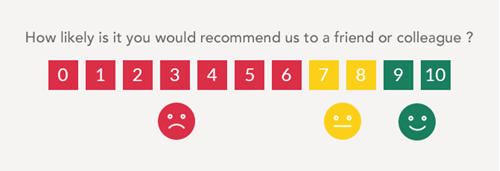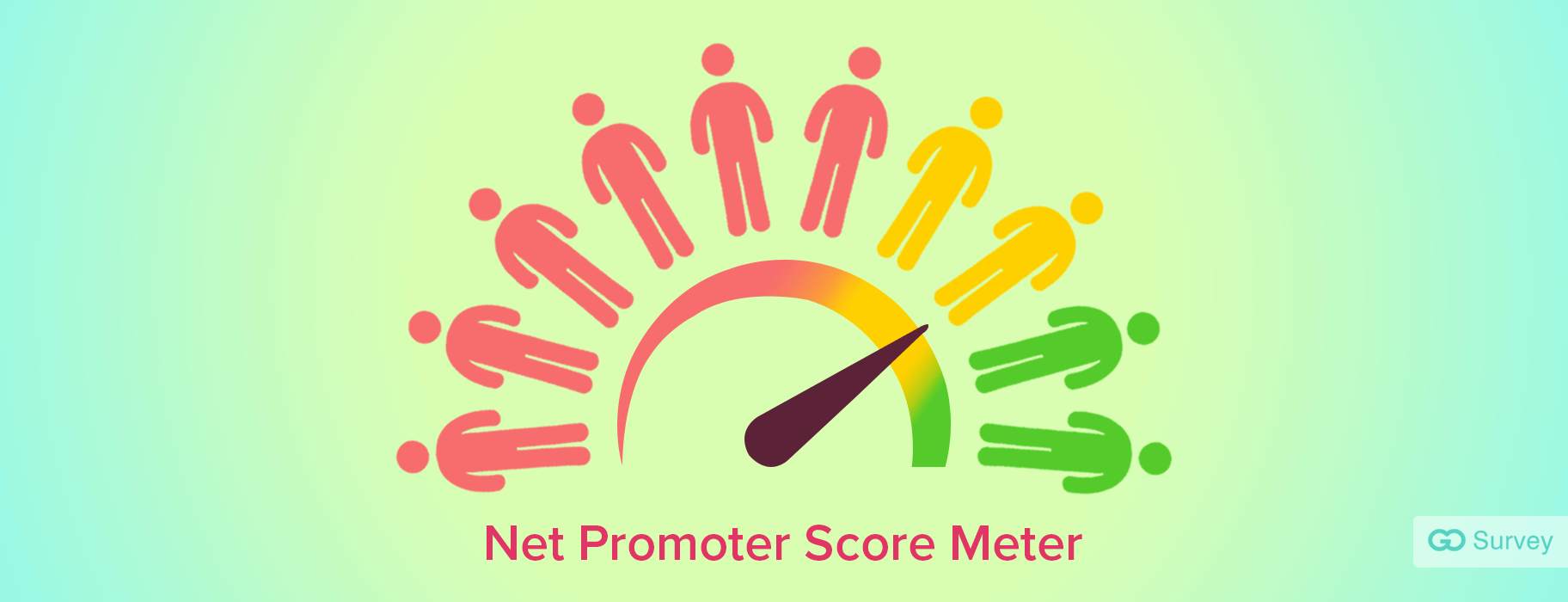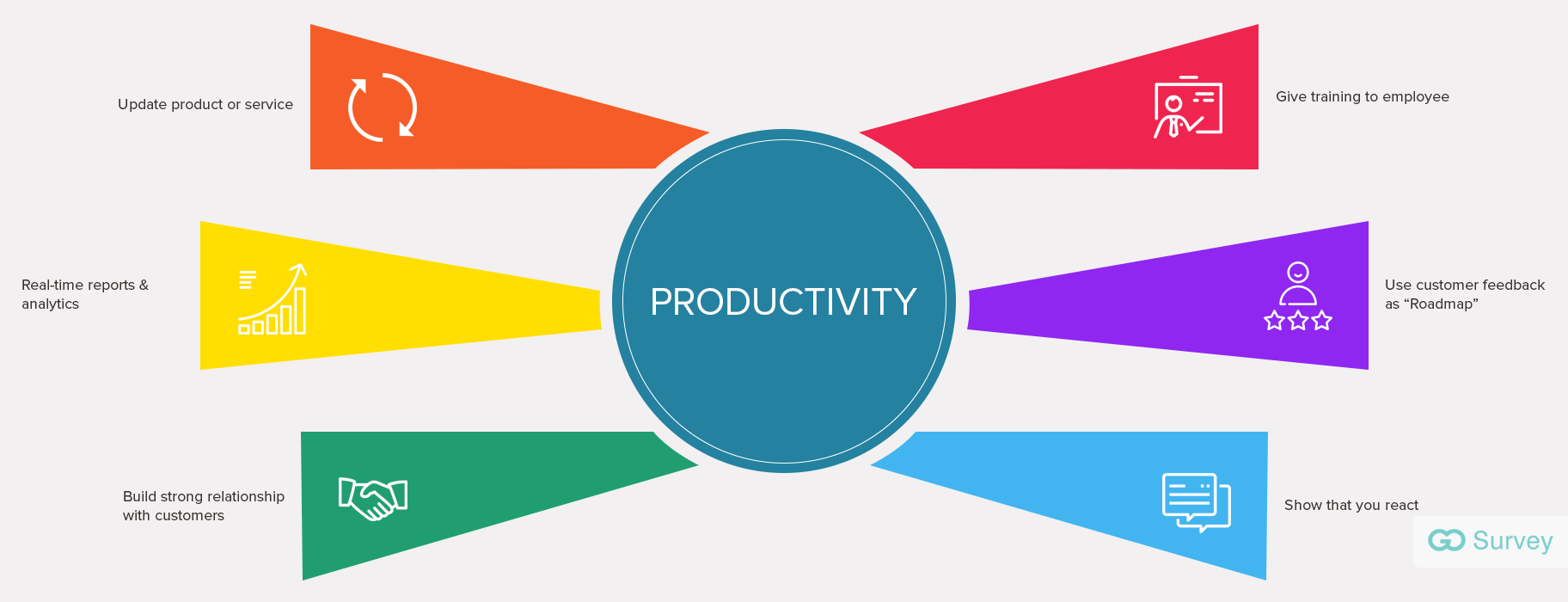All companies focus on growing their profits by continuously selling their product or service. They spend a lot of money on building their brand and a customer base. However, it’s the loyal customers that help in the growth of the company. It is essential to retain customers and reduce churn. Brands must also work towards building a positive relationship with customers. How do brands keep a track of their loyal customers?
There are many types of measuring scales used to know about a customer’s satisfaction level. However, the best one is undoubtedly the Net Promoter Score (NPS). By asking the fundamental question, an organisation can keep a track of their promoters and detractors helping them grow more than their competitors. Let’s take a step back and see what exactly is an NPS.
What is the Net Promoter Score?
Net Promoter Score (NPS) is a relationship survey that helps a company understand whether the customer will recommend them to other or not. It is a strategic management tool that can be used to assess customer loyalty. It is an index from -100 to 100, which processes the tendency of customers to recommend the company's products or services to others. It is used as a proxy for assessing overall customer satisfaction for a company's product or service and customer loyalty to the brand.
“The One Number You Need to Grow”. - Frederick Reichheld
In 2003, Frederick Reichheld introduced this customer loyalty metric that could be used across more than 20 different industries. He mentioned it as “The One Number You Need to Grow”. Loyalty is lucrative and calculating it was a difficult job. NPS makes it easy. It asks one simple question - “On a scale of 0 to 10, how likely are you to recommend this [product/brand/company/service] to a friend or colleague?”.

An NPS divides customers into three main categories
Promoters are the customers who are extremely happy with the brand and will stay loyal to it. They also promote the brand by recommending it to others and spreading a good word about the brand.
Passives are neutral customers who may or may not promote the brand. Their experience with the brand is generally good, but they are also likely to get attracted by competitors, in case they get a sweet deal.
Detractors are customers who have a bad experience with the brand. They are likely to bad-mouth about the brand.
How to calculate NPS?
To calculate the Net promoter score, find % of customers who are promoters and detractors. Then, subtract the percentage of detractors from the percentage of promoters.

For example, your score of detractors, passives and promoters is 20%, 20% and 60% respectively. Subtract 20% (Detractors) from 60% promoters, which equals 40%. The NPS is always shown as just an integer and not percentage. Your final NPS will be 40. And the result can also be negative as NPS outcomes can fall between -100 to 100.
While NPS gives an overall loyalty score, there are other aspects that companies should consider. Following up the survey with an open-ended question will fetch more inputs to the company. This feedback can be further forwarded to the respective department and the management to make strategic decisions.
Additional open-ended questions help brands understand the perception of various products, services, and business lines. These additional questions help the company assess the relative importance of these other parts of the enterprise in the overall result. This is particularly useful in targeting resources to address issues that have the greatest impact on NPS.
Conclusion
The main objective of the Net Promoter Score methodology is to assess customer loyalty towards a brand or company. It helps in determining the likelihood of a customer buying again and recommending the company. It also shows the percentage of retention the brand can expect.
There are many other ways to measure loyalty. However, NPS gives an overall picture. The goal of the Net Promoter is not to anticipate the actual recommendations, but to anticipate a full set of financially beneficial behaviours, and many companies do not consider this a problem.
Brands can actively communicate with the detractors and try to convert them into promoters. It gives them an opportunity to do some damage control and give the customer a positive experience with the brand. Therefore, NPS is extremely essential for any company to build strategies for the growth of loyal customers.









